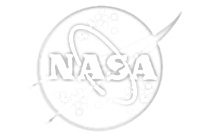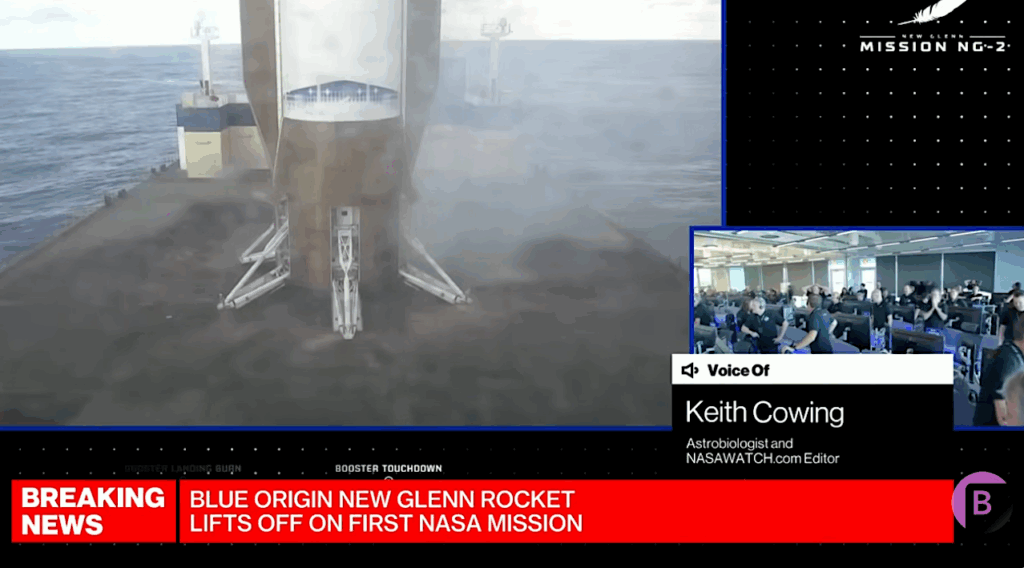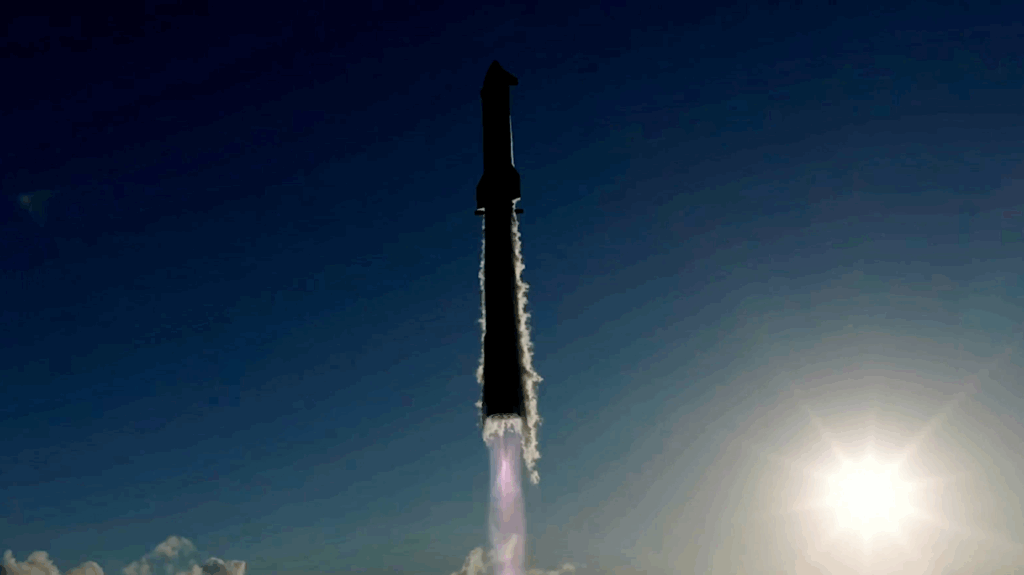More Stealth NASA Spinoffs (2nd Update)

 Keith’s 25 Jan note: No mention of these tech transfer opportunities at NASA OCT. No mention at LaRC Technology Gateway (but they mention LENR/cold fusion), No mention at NASA TechBriefs. Unless one reads the Federal Register, all of these nifty NASA spinoffs and discoveries just go unnoticed.
Keith’s 25 Jan note: No mention of these tech transfer opportunities at NASA OCT. No mention at LaRC Technology Gateway (but they mention LENR/cold fusion), No mention at NASA TechBriefs. Unless one reads the Federal Register, all of these nifty NASA spinoffs and discoveries just go unnoticed.
– NASA Technology Transfer Opportunity: Quick Change Ceramic Flame Holder For High-Output Torches
– Technology Transfer Opportunity: Real-Time Interferometric Fiber Optic Bragg Grating Sensors
– NASA Technology Transfer Opportunity: Self-Scrubbing Technology for Reconfigurable Rad-hard Memory Arrays
 Keith’s 31 Jan update: Hey, there’s more spinoff goodness coming out of LaRC – but NASA still doesn’t seem to want to promote it – other than burying it in the Federal Register. Go figure.
Keith’s 31 Jan update: Hey, there’s more spinoff goodness coming out of LaRC – but NASA still doesn’t seem to want to promote it – other than burying it in the Federal Register. Go figure.
– NASA Technology Transfer Opportunity: High Performance High Temperature Resins for Dielectric Films, Coatings, Composites, Adhesives and Solid Parts
– NASA Technology Transfer Opportunity: Zone Zeroing Out Negative Effects – Biofeedback training for Optimal Athletic Performance
– NASA Technology Transfer Opportunity: A Byzantine Fault Tolerant
 Keith’s 21 Feb update: LaRC keeps spinning these things out and yet their website, OCT, and NASA Tech Briefs still continue to ignore them.
Keith’s 21 Feb update: LaRC keeps spinning these things out and yet their website, OCT, and NASA Tech Briefs still continue to ignore them.
– NASA Technology Transfer Opportunity: Low Frequency Portable Accoustic Measurement System to Detect & Locate Turbulence and Severe Weather
– NASA Technology Transfer Opportunity: Wireless Inductance Capacitance Sensor Suitable for Small Packaging
– NASA Technology Transfer Opportunity: Powerless Passive Inductor Capacitor Sensor for Measuring Fluid Level Pitch & Roll Angles & Volume
– NASA Technology Transfer Opportuniy Flexible Hightemp Thermocouple Silver Electroplated Film
– NASA Technology Transfer Opportunity: Fail Safe High Temperature Composite Structure
– NASA Notice of Intent To Grant Partially Exclusive License: Photogrammetry System and Method for Determining Relative Motion Between Two Bodies









…NASA’s Langley Research Center have developed a new ceramic design with a service temperature of 4,000*F.
Isn’t NASA supposed to only work in metric units, which includes temperature measured in Celsius (°C) or Kelvin (K)?
No Gonzo, the Langley statement is correct as written since the new ceramic design will only withstand high service temperatures that are in Fahrenheit – the ceramic will puddle and melt when exposed to anything higher than 100C, Celsius.
Amazing isn’t it? A high temperature ceramic that is sensitive to the unit of measure, able to tolerate a british-unit, only to melt away when exposed to an international-unit.
This unit-sensitive high-temp ceramic was developed so that when used on re-entry shuttle craft, they would be forced to land only in regions that use british-units. Landing in any international-unit area would result in immediate melting of the tiles.
Yet another amazing NASA Spin Off.
best response ever
“british-units”
American units. Britain is metric.
There’s only the US and Liberia left using the American version of the imperial system.
I always find it funny that the US military is more comfortable with the metric system than its space agency.
There’s not a lot of comments on this since NASA is supposed to be a useless government program with no benefit to society:-)
Marcel F. Williams
Keith,
Generally NASA, OCT, NASA Tech Briefs, and all of the communications groups tend to blow it. Just look at the dozen NASA Spinoff items you’ve listed. Yes, NASA engineers can read and understand what these technology results provide, but can citizens, the Congress, or any non-technical people? The answer is “no”. When an average reader skims the listed spinoffs, they hear the Turbo Encabulator story:
http://www.youtube.com/watc…
Therefore the NASA Root Cause Failure Analysis summary is: the value of the spinoffs is very unclear to a broad range of readers; the value is not stated.
What is the relevancy and value of a Fail Safe High Temperature Composite Structure? What is the worth of A Byzantine Fault Tolerant? Who cares about a Zone Zeroing Out Negative Effects – Biofeedback training for Optimal Athletic Performance? Will it really help my golf game?
Even the hyperlinked descriptions of these spinoffs are vague. They lack a sound description of utility and who would find utility in them, let alone their economic value, functional value, or even amusement value.
For decades NASA has exempted itself from any drill-down that quantifies the value of what they produce, in clear and demonstratable ways. Do financial analysts or economics exist in NASA? I’ve never seen one. Would the PAO bother to use an analyst if they had one? I haven’t seen that either.
Decades ago, Congress and the Administration ‘gave up’ attempts to analyze or assess the value that NASA could produce. The computation was “just too hard”, it’s all “too amorphous”, we’re about the grand exploration, our mission is loftier and more galactic than the mundane Earthly bindings imposed by economics or value or calculations of same. Consequently NASA has inched forward year by year, with measly cost of living budget increases, all predicated on the generation of “public goods” that from time to time are hyped with hoped for sizzle accelerants such as “we’ve discovered a new Earth like planet” or “we have a new toy on the Space Station” or we just excited some kindergarteners about going to Mars.
By definition, public goods are “free”. When something is free, its value becomes indeterminate. And from that, NASA’s value is rendered indeterminate.
Where should NASA’s budget be today? Just an opinion: at $30 Billion. $40 Billion. More. Why isn’t it? Because NASA has yet to discover how to “prove its worth”. What are the performance criteria used to judge NASA’s worth? The number of conferences the agency holds in a given year. The number of spinoff line items it can list. The number of publications it produces. Bogus. Empty. A budget fail. The performance criteria prove little to nothing or worse become toxic, damaging.
NASA lacks business competency and fiscal excellence. It’s leadership is short-suited in these critical skills. From this, OMB and Appropriations are not likely friends but adversaries, especially in today’s times of economic stress. NASA lacks financial competency and economic expertise that are the essential skills, combined with its existing technical excellence, to prove its worth. NASA, NASA’s budget, and NASA’s future will remain vulnerable to attack and extinction until it recognizes these deficiencies and corrects them.